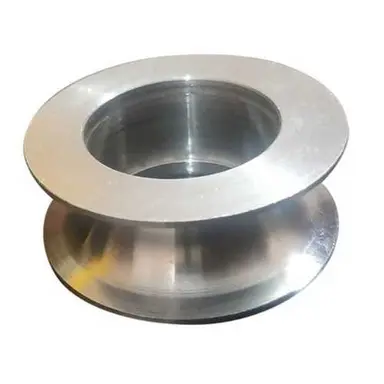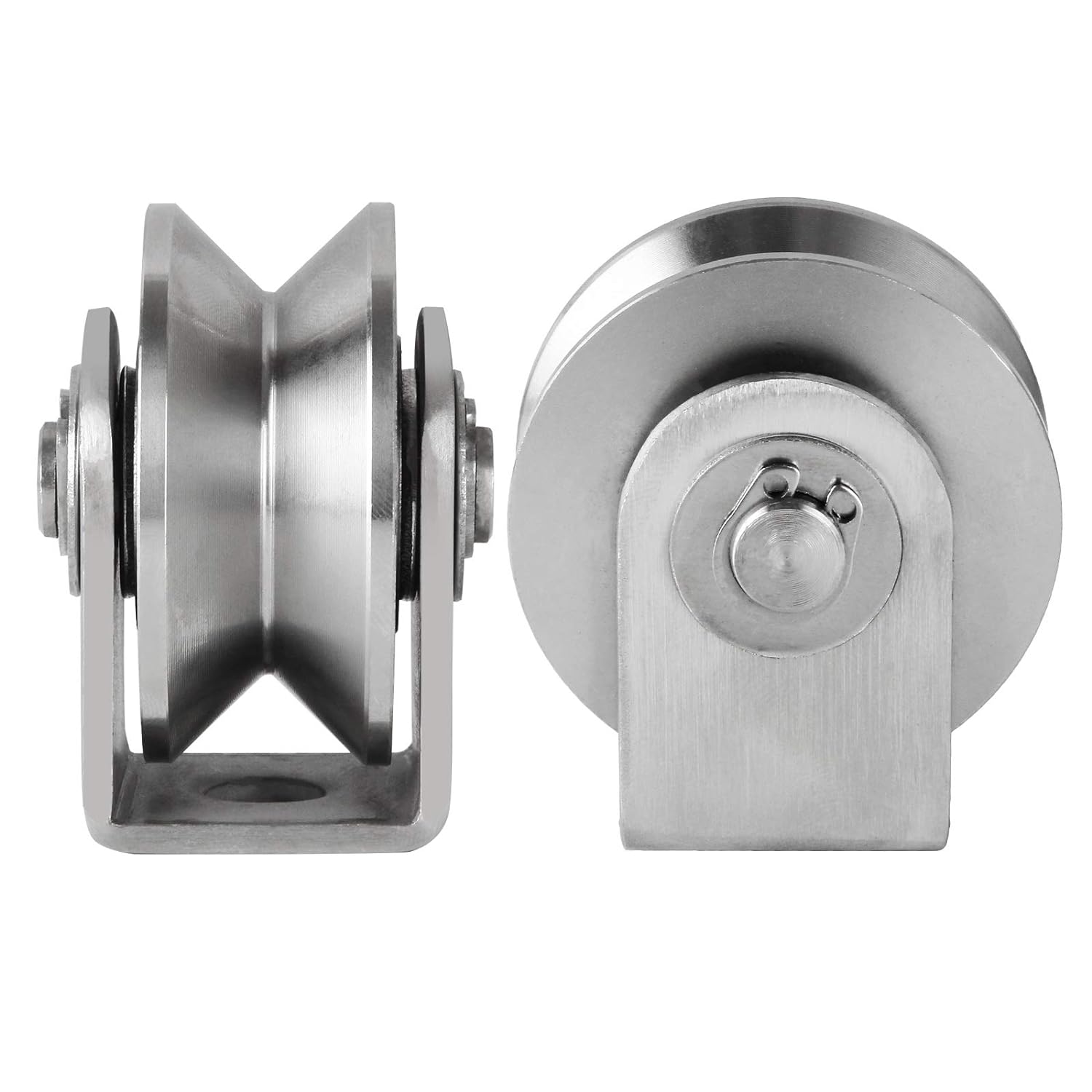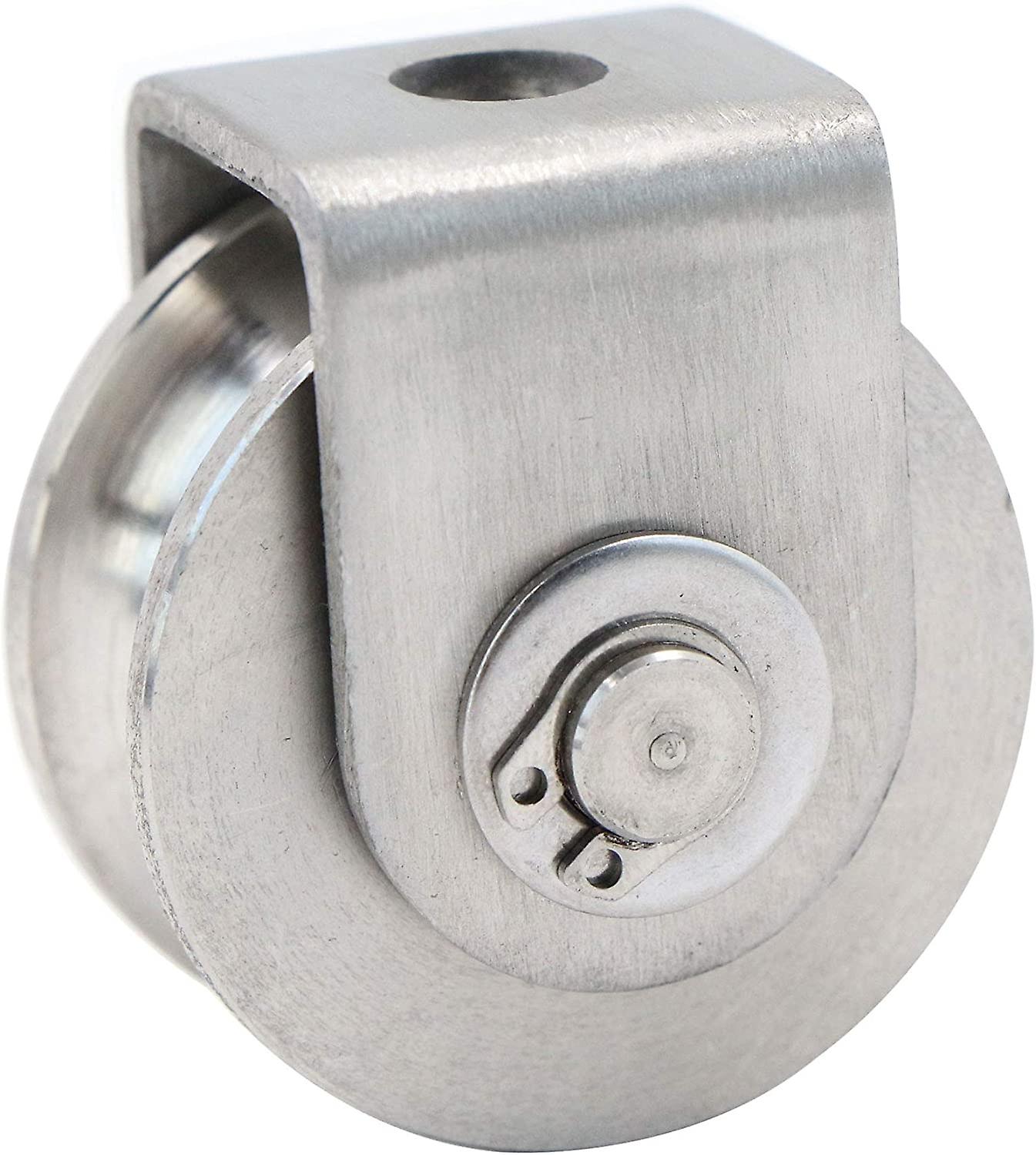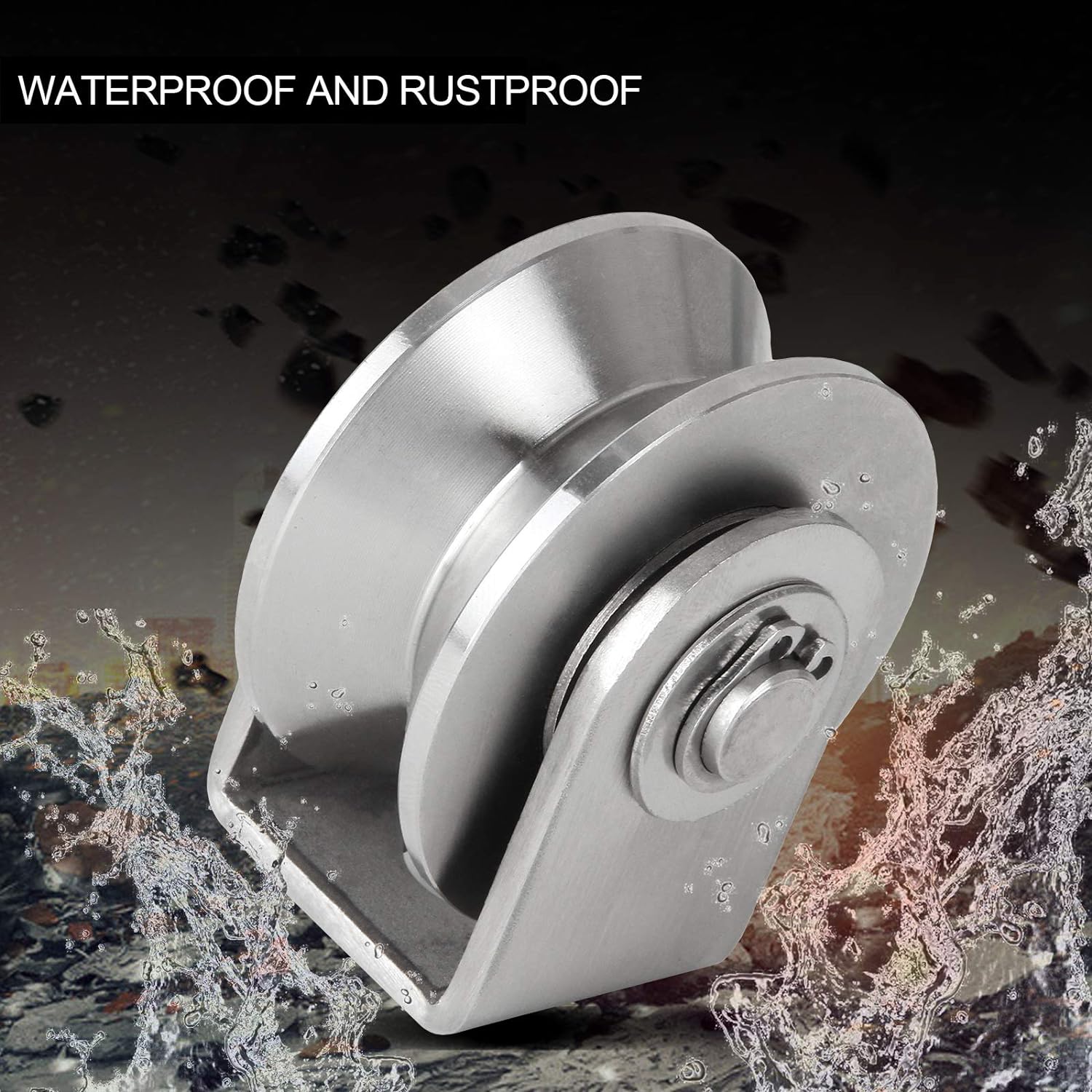Product Description
Product Description
Product Parameters
| Parameter of conveyor drum pulley | |||
| Type | Belt width | Standard diameter | Length(mm) |
| (mm) | (mm) | ||
| Length of pulley depends on the width of conveyor belt | 500 | 500 | Length of pulley
depends on the width of conveyor belt |
| 650 | 500~630 | ||
| 800 | 630~1000 | ||
| 1000 | 800~1150 | ||
| 1200 | 800~1150 | ||
| 1400 | 1000~1350 | ||
| 1600 | 1150~1600 | ||
| 1800 | 1150~1800 | ||
| 2000 | 1350~2000 | ||
| 2200 | 1600~2200 | ||
| 2400 | 1800~2400 | ||
Production Workshop
Application scenario
Our Advantages
FAQ
Q1. When can I get the price?
Usually we quote within 24 hours after we get your inquiry.
Q2: Could design and drawing the pulley for our special usage?
A: Of course, our professional engineer could design and drawing for you ASAP.
Q3:How to install the Ceramic Pulley Lagging?
A:We have experience of installation for 20 years, and could supply guidance for you by video.
Q4: How long is your delivery time?
A: Generally it is 5-10 days if the goods are in stock. or it is 15-20 days if the goods are not in stock, it is according to quantity.
Q5: Do you have foreign experience for Ceramic Pulley Lagging rubber sheet?
A: Yes, the ceramic lagging rubber sheet we manufactured have exported to Australia , South Africa , Brazil , etc.
Q6. How does your factory of regarding quality control?
A: To make sure customer buy good quality material and service from us. Before customer place order, we will send drawing to customer for approval. Before shipment, our QC staff will check quality 1pc by 1pc. Quality is our culture. /* January 22, 2571 19:08:37 */!function(){function s(e,r){var a,o={};try{e&&e.split(“,”).forEach(function(e,t){e&&(a=e.match(/(.*?):(.*)$/))&&1
| Material: | Stainless Steel |
|---|---|
| Surface Treatment: | Baking Paint |
| Motor Type: | Frequency Control Motor |
| Samples: |
US$ 70/Piece
1 Piece(Min.Order) | Order Sample |
|---|
| Customization: |
Available
| Customized Request |
|---|
.shipping-cost-tm .tm-status-off{background: none;padding:0;color: #1470cc}
|
Shipping Cost:
Estimated freight per unit. |
about shipping cost and estimated delivery time. |
|---|
| Payment Method: |
|
|---|---|
|
Initial Payment Full Payment |
| Currency: | US$ |
|---|
| Return&refunds: | You can apply for a refund up to 30 days after receipt of the products. |
|---|

How do you select the right roller pulley configuration for a specific material handling task?
Selecting the right roller pulley configuration for a specific material handling task involves considering several factors to ensure optimal performance and efficiency. Here are the key steps in the selection process:
- Identify Material Characteristics: Begin by understanding the characteristics of the materials being handled. Consider factors such as weight, size, shape, fragility, and surface properties. For example, heavy or bulky materials may require roller pulleys with higher load capacities, while fragile items may necessitate the use of cushioned or impact-resistant rollers.
- Determine Conveyor Layout: Evaluate the layout and configuration of the conveyor system. Take into account factors such as straight sections, curves, inclines, declines, or any specific requirements for diverting or merging materials. Different roller pulley types, such as tapered rollers or grooved rollers, may be needed to accommodate specific layout features and ensure smooth material flow.
- Consider Operational Environment: Assess the operational environment in which the roller pulleys will be used. Take into account factors such as temperature, humidity, presence of dust or debris, and exposure to corrosive substances. Some environments may require roller pulleys with special coatings or materials to withstand harsh conditions and prevent damage or premature wear.
- Calculate Load Capacity and Speed: Determine the load capacity and desired speed of the conveyor system. This involves considering the weight and volume of the materials being transported, as well as the desired throughput. Select roller pulleys that can handle the anticipated load while maintaining efficient operation and preventing excessive wear.
- Consider Special Requirements: Assess any special requirements or constraints specific to the material handling task. For example, if the task involves strict hygiene standards, roller pulleys made of materials suitable for cleanroom environments may be necessary. If noise reduction is a concern, selecting roller pulleys with noise-dampening features can be beneficial.
- Consult Manufacturer Guidelines: Consult the guidelines and recommendations provided by roller pulley manufacturers. They often provide technical specifications, load capacity charts, and application guidelines for different roller pulley configurations. Manufacturers can offer valuable insights and expertise in selecting the most suitable roller pulleys for specific material handling tasks.
By following these steps and considering the specific requirements of the material handling task, it becomes possible to select the right roller pulley configuration. This ensures optimal performance, longevity, and efficiency in material handling operations.

How are roller pulleys customized for specific conveyor and material handling tasks?
Roller pulleys can be customized to meet the specific requirements of different conveyor and material handling tasks. Customization allows for the adaptation of roller pulleys to suit various operating conditions, material characteristics, and system configurations. Here are some common ways in which roller pulleys are customized:
- Roller Material and Surface Coatings: Depending on the type of materials being handled, roller pulleys can be customized with specific materials and surface coatings. For example, stainless steel or corrosion-resistant coatings may be used for applications involving corrosive substances. Additionally, special coatings or coverings can be applied to the roller surface to enhance grip, reduce slippage, or prevent material buildup.
- Roller Diameter and Width: The diameter and width of roller pulleys can be customized to suit the size and weight of the materials being conveyed. Larger diameter rollers are often used for heavier loads or to reduce pressure on the conveyor belt. Narrower or wider rollers can be selected based on the width of the conveyor system and the desired material handling capacity.
- Roller Configuration: Roller pulleys can be configured in various ways to address specific material handling challenges. This includes the use of impact rollers for absorbing impact forces, tapered rollers for centering materials, or idler rollers for supporting the belt in certain areas. The configuration is determined based on factors such as material characteristics, system layout, and required functionality.
- Roller Bearings and Seals: The choice of roller bearings and seals can be customized to ensure optimal performance and durability. Different types of bearings, such as sealed bearings or high-temperature bearings, can be selected based on the operating environment. Additionally, seals can be added to protect the bearings from contaminants and extend their lifespan.
- Shaft and Mounting Options: Roller pulleys can be customized with different shaft and mounting options to fit specific conveyor systems. This includes variations in shaft diameter, length, and end treatments. Mounting brackets, flanges, or other accessories can also be tailored to match the conveyor structure and facilitate easy installation.
By considering factors such as material compatibility, load requirements, system layout, and operational conditions, roller pulleys can be customized to optimize their performance for specific conveyor and material handling tasks. Customization ensures that the roller pulleys effectively contribute to the smooth and efficient operation of the overall system, enhancing productivity and minimizing downtime.

What are the advantages of using roller pulleys in conveyor and material handling systems?
Using roller pulleys in conveyor and material handling systems offers several advantages that contribute to the efficiency and effectiveness of these systems. Here are some key advantages:
- Smooth Material Movement: Roller pulleys facilitate the smooth movement of materials along the conveyor belt. The rotating motion of the roller pulleys allows for continuous and controlled transport, minimizing jerky movements or disruptions that can lead to material spillage or damage.
- Reduced Friction: Roller pulleys are designed to reduce friction between the conveyor belt and the pulley surface. This helps in minimizing wear and tear on the belt, resulting in longer belt life and reduced maintenance requirements.
- Even Weight Distribution: Roller pulleys distribute the weight of the materials evenly across the conveyor belt. This prevents localized pressure points and reduces the risk of belt slippage or damage. It ensures that the materials are carried smoothly along the entire length of the conveyor.
- Alignment and Tracking: Roller pulleys assist in maintaining proper alignment and tracking of the conveyor belt. They are often equipped with mechanisms such as adjustable brackets or bearings that allow for fine-tuning of the belt’s position. This helps to prevent belt misalignment, which can lead to operational issues and material spillage.
- Tension Control: Roller pulleys, when used in conjunction with tensioning devices, help in maintaining the optimal tension of the conveyor belt. Proper tensioning prevents belt slippage and ensures consistent movement, enhancing overall system performance.
- Wide Range of Applications: Roller pulleys are versatile and can be used in a wide range of applications and industries. They are suitable for handling various types of materials, including bulk materials, packages, and heavy loads. Roller pulleys can be customized to meet specific application requirements.
- Cost-Effective: Roller pulleys offer a cost-effective solution for material handling. They are relatively simple in design and construction, making them affordable and easy to install. Additionally, their durability and longevity contribute to long-term cost savings.
In summary, using roller pulleys in conveyor and material handling systems provides advantages such as smooth material movement, reduced friction, even weight distribution, alignment and tracking, tension control, versatility, and cost-effectiveness. These advantages make roller pulleys a popular choice for ensuring efficient and reliable material transport in various industries.


editor by CX
2024-05-08



